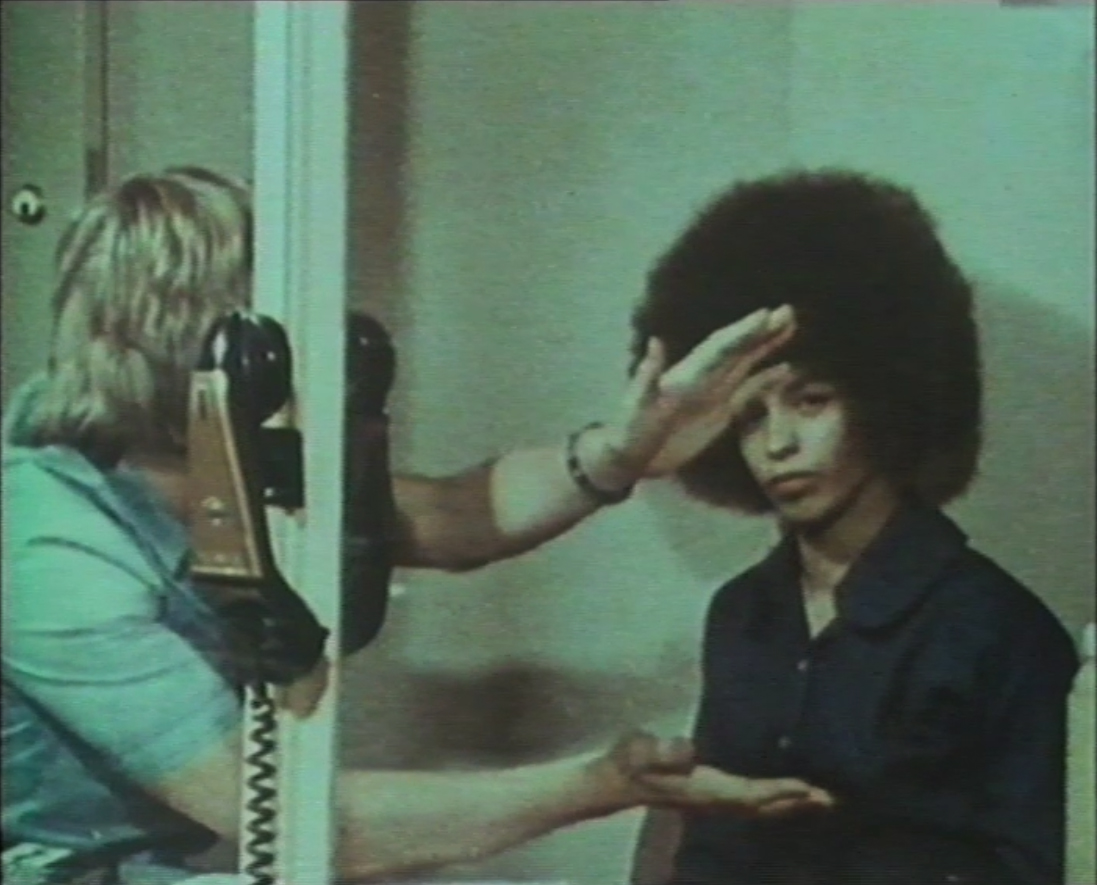By Irenosen Okojie
You can watch A Place of Rage for $9.99/£8.00 (50% off) via Vimeo on Demand here; thanks to the filmmaker and Kali Films for extending this discounted price for the foreseeable future! Closed captions are available for the film: use the [CC] button on the player to switch them on.

Do check out the added extra available free via the VOD link: the short film Angela: An Icon (no closed captions).
The video of our Friday 14th August Zoom Q&A with Pratibha Parmar and Lola Olufemi will be available soon, accompanied by a downloadable transcript; this will be followed by a subtitled video. The saved chat is available here with links to Parmar’s work and recommendations. And we have the interview with June Jordan as mentioned, which appeared in Feminist Review, available for download as a PDF.
*
In Pratibha Parmar’s scintillating documentary A Place of Rage, revolution as a force for change feels like the fourth protagonist. Its voice is present in the film’s interviews with intellectual giants Angela Davis, June Jordan and Alice Walker, in oral chronicles that interweave their multiple narratives adeptly.
The film is intrinsically radical. Rarely do we see great Black women thinkers and artists brought together on the big screen during that period. From the offset, Parmar, a clever, intuitive filmmaker, conjures the power of Black feminist traditions through the civil rights movement in ways that feel not just like a meeting of minds but an amalgamation of forms and mediums; the polemic and the centre, texts and camera lenses, the gazes with which we view the world, the instruments we use as tools to tell our stories, to chip away at the master’s house. Here, the experiences, musings and insurgent spirits of radical Black feminist activists are made indelible. Here, one compresses histories on film. Here, we absorb the knowledge of foremothers in ways that enrich us, that act as beacons in forging paths amidst a dearth of voices that is painfully constant.
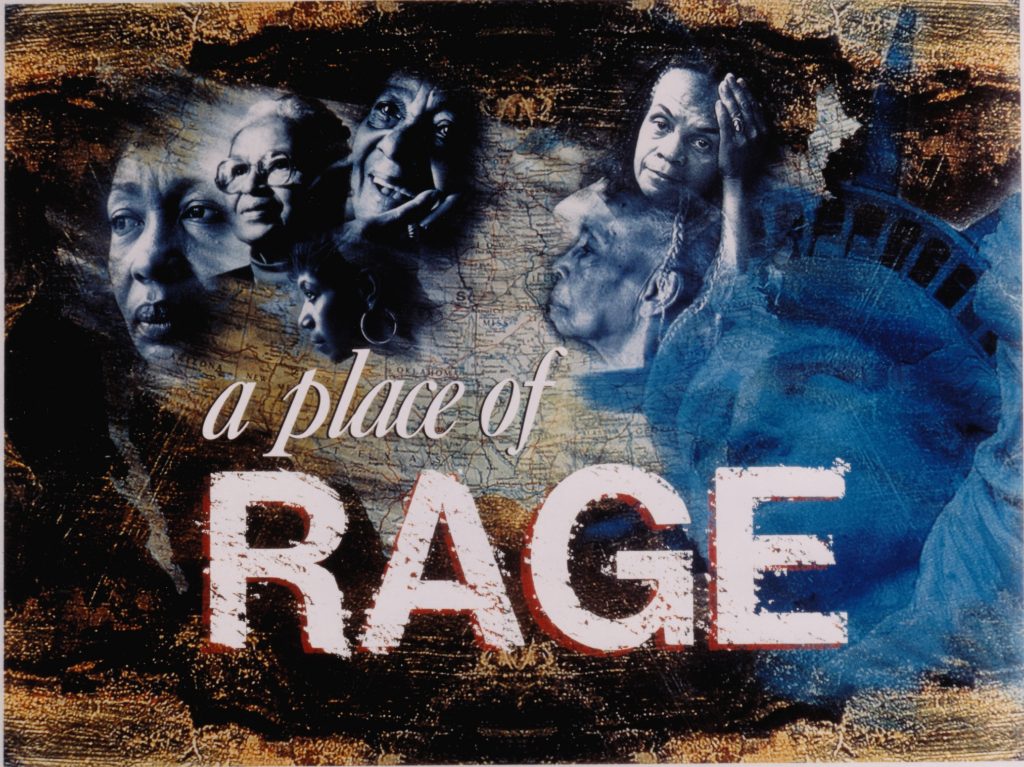
The film’s aesthetic possesses a gritty feel. An opening with Prince’s sobering Sign O’ The Times playing over a montage of Black faces and figures moving through the city immediately transports the audience in time through documentary scenes of the 60s. June Jordan, a criminally under-rated genius in the world of literature, fills the frame; a strikingly pretty, slender woman whose disconcertingly sweet-toned voice belies the sheer magnitude of her art. It is telling that Parmar chooses to come to her first. Jordan is disarming. Her laughter has a girlish ring, her expression is amused as though she is in possession of secret counters against oppressive systems.
“When I was growing up,” she laments, “I couldn’t travel from one state to the other. I couldn’t assume I could use the bathroom or get a glass of water or a cup of coffee. I’ve watched things change in my lifetime. They have changed because we made them change.”
Angela Davis, in contrast is clear-eyed and steely, recalling painfully visceral experiences that only a woman wholly committed to the liberation of Black people would put her body through, consistently in the line of fire. Davis comments on the early era of civil rights, being drawn by the movement’s firm stance against police brutality. It resonated with her and many other Black women who then gravitated towards it, whereas Alice Walker, a staunch advocate for the lessons of the past, states
“Black Americans must know their history, in particular, the bad aspects so those parts are not repeated.”
How does one reconcile the hidden narratives between histories in order to make sense of the present?
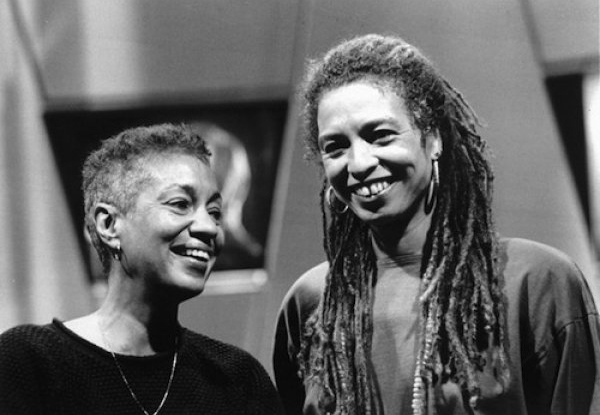
One of the palpable aspects of this documentary is the significant recognition of the largely unsung instrumental roles of Black women in forwarding the civil rights movement: Septima Poinsette Clark, for example, and others like her who ran citizenship schools in the south to ensure people could read and write in order to exercise their power to vote therefore changing the law. Fanny Lou Hamer is another illustration of Black women enacting change, whilst lifting each other up. In one clip, Jordan speaks of Hamer during an emotional moment, her voice breaking somewhat, as she reveals that Hammer was like a mother figure to her, fussing over her safety at various boycotts and marches. Hamer largely remains in the background of civil rights history despite the tremendous work she did. She only gained recognition for her role when she was almost beaten to death in a Mississippi jail for mobilising Black voters, a horrific indictment of a system that refuses to see the humanity of Black women unless they are in pain or acting as sacrificial lambs for an ungrateful world.
Oscillating between the three women’s perspectives, one is struck by the intimacies of revolution, how it binds those operating in the same movement. Once the idea of liberation occurred in the minds of Black people, it meant they experienced a shared connection across America. Jordan speaks of feeling close to Black people in Birmingham, New York, Mississippi. The audaciousness of a shared language meant freedom did not just happen in the minds but in the bodies, fostering a momentum that continued to reach new heights in the 60s.
More Black women continued to rise to the call of the Black liberation fight. The advent of the Black Panthers saw Davis play a crucial, infamously historic role in the party. It eventually led to her arrest. After which, the strength of lobbying on her behalf – protests, petitions and letters – enabled her release from a murder charge. Following her release, Davis addresses her unexpected pathway into the Communist Party as a necessary step in her development as an activist. She wanted a greater understanding of the commonalities between the two movements.
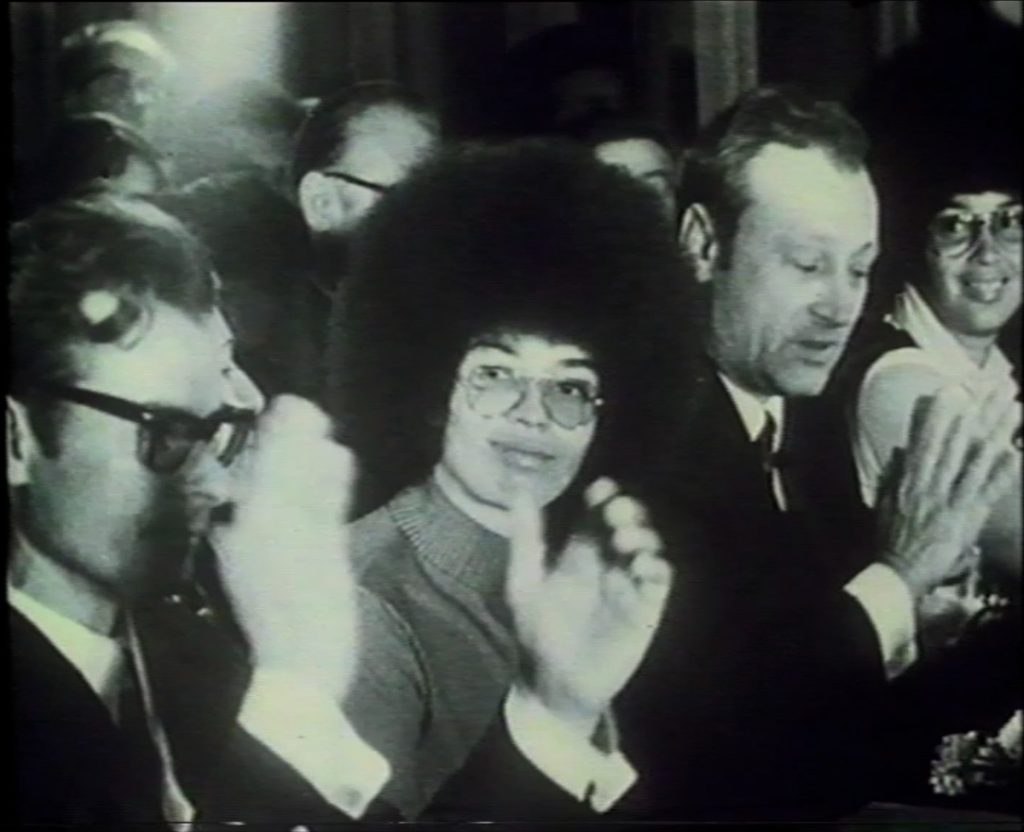
Davis’s surprising revelation in the documentary, that she did not choose to be a public figure but rather found herself at a particular juncture in time which demanded a call to action in opposition to the injustices systemically perpetuated against Black people, cements the notion of choice as a luxury that Black women like her were not afforded. They were fighting for their lives. To not participate was to be resigned to imminent destruction at all levels. Like some of their freedom fighter foremothers, Jordan, Davis and Walker through their platforms and art regularly made a concerted effort to further the Black agenda. The battle against relentless dehumanisation was not just a form of survival but an act of defiance, a way of life.
Some of the most potent scenes in the film are of Jordan reading her incredible, radical poetry. Virtuosic pieces encapsulating the complications, beauty and pain of Black people, the fight for our humanity to be seen, are compellingly captured in these lines from her piece, Poem about My Rights [you can watch Parmar’s animated film of Jordan’s poem here].
I can tell you that from now on, my resistance,
my simple daily and nightly self determination
may very well cost you your life.
The poem’s connection to an early incident in Jordan’s life is never far from the audience’s subconscious. Tragically, a young Black boy from her childhood neighbourhood was severely beaten by the police in a case of mistaken identity. Traumatised, Jordan was not only struck by his physical deformity afterwards (he was left maimed) but by his broken spirit.
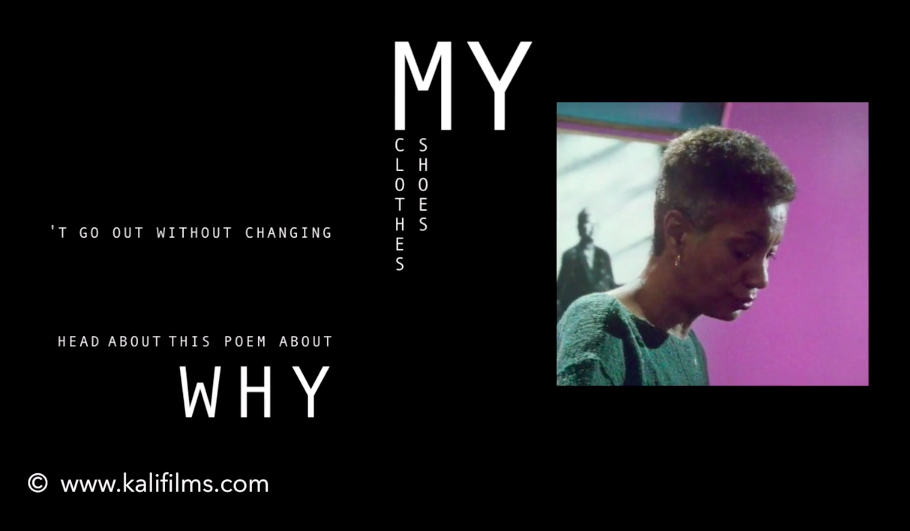
The aftermath of this and many more injustices she witnessed ushered her into a place of rage. This shared space of justifiable anger and frustration shaped Jordan, Davis, Walker and the Black women before them. It impacts Black women today, the doubly oppressed, its pull metaphorically and physically stretching across time to occupy our beleaguered bodies. A place of rage is a manifestation symptomatic of oppressive systems that are not dismantled but sophisticatedly adjusted, reborn in new guises; Jim Crow and the US prison system come to mind.
Some of the most affecting shots of these women are outside the context of their activism; Jordan walking through the streets of New York, crossing a bridge, teaching; Davis running near a forest area, playing squash and working out at the gym with a friend; Walker lying in a hammock in her garden looking relaxed and content. It is joyous to see these women doing activities which add multiplicities to them. There is a certain magic in watching these shots unfold. We see them in a different, more personal light.
Both Jordan and Davis in the final part of the documentary discuss shared commonalities with the gay and lesbian movement, advocating strongly against anti-gay rhetoric and violence. Rightfully espousing that to love freely is something all human beings deserve.
“Freedom cannot be qualified. We’re talking about freedom in every sphere of your life. My heart is not peripheral,”
Jordan says unwaveringly, as if looking beyond the camera into the world’s gaze. There is a note of anger in her tone. We are reminded that embracing rage spearheaded the Black Power revolution. Its traction was lost in the 70s for a myriad of reasons Jordan summarises in her devastatingly prophetic commentary. “An inability to rage against the evil, the enemy, means turning inwards, means despair.”
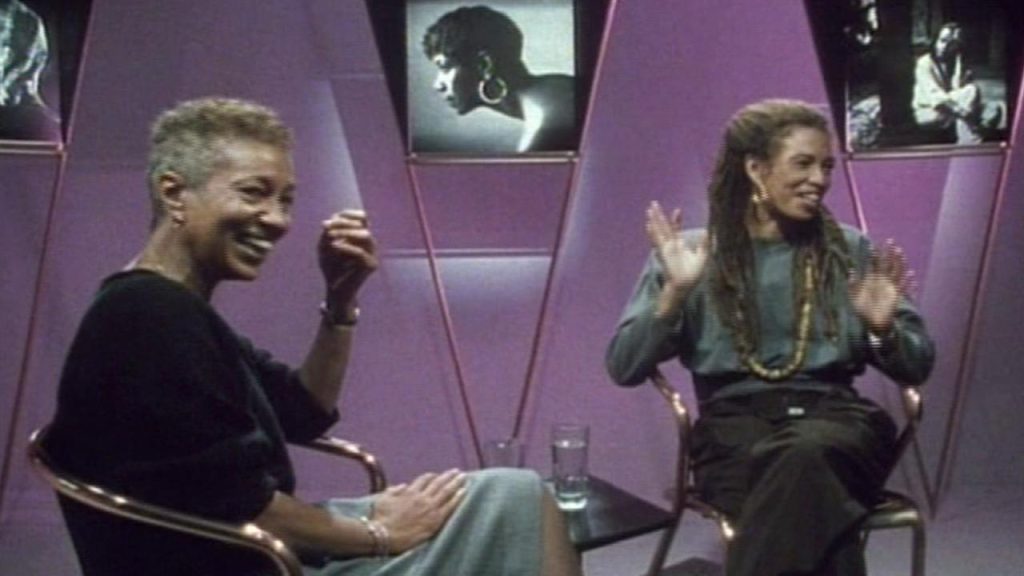
A Place Of Rage is an ode to the Black feminist spirit. Jordan, Davis and Walker do not allow us to forget the women who held the Black Power movement together. Who fought so fervently, seeking emancipation to a place of tenderness. The penultimate shot is of Jordan and Davis in conversation, leaning towards each other against a conspiratorial purple backdrop. The camera pans into the scene at an angle. They are laughing. We are not privy to the conversation. It is a heady feeling watching these two luminaries in the same setting. This happiness, this cosmic coming-together is a celebratory moment suggesting labyrinth-like possibilities of futures beyond the place of rage.
Made in 1991, this iridescent film still feels like an urgent clarion call in challenging the status quo. It immortalises the legacies of Black women activists who blazed a trail. The beauty of Parmar’s vision is that it whets the appetite to create more tapestries of our own. I am reminded of the writings of Saidiya Hartman, the films of Kathleen Collins, the work of Toni Cade Bambara. That is the wonder of Parmar’s documentary; its power lies not just in the act of immediate absorption but in the roaring reverberations it leaves us with.
This programme is part of Film FeelsConnected, a UK-wide cinema season, supported by the National Lottery and BFI Film Audience Network. Explore all films and events at filmfeels.co.uk

